Insights into Huawei’s OpenLab OT infrastructure in Ismaning (Image: Huawei Technologies)
When introducing new technologies, exemplary applications are particularly important. For critical infrastructure, decision makers also want to know what adventure they are embarking on. 5G testbeds enable performance testing and validation for smart manufacturing and industrial AI services. Huawei makes the insights from the testbed available to partners in Munich.
The goal of testbeds is to develop and validate novel solutions. The challenges of connected, smart factories and scalable services supported by artificial intelligence are great. Vendor Huawei also wants to advance the technology and provide evidence of its benefits in testbeds. The testbed at Huawei’s OpenLab facility in Munich includes both validation and performance measurement activities for the following use cases:
- Networked AGVs (Automated Guided Vehicles) with AI Machine Vision Cloud processing for quality control.
- Predictive maintenance with wirelessly connected monitoring
- Machine verification for safety & security of wirelessly connected automation modules
The testbed will analyze network and cloud edge intelligence requirements to enable easy replication on the factory floor. It uses Huawei’s 5G stand-alone network as the testbed, emulating real 5G MPN conditions in industrial environments. It is future-proof with respect to the next 3GPP releases and supports network slicing, TSN, URLLC, among others.
The 5G Alliance for Connected Industries and Automation (5G-ACIA) also supports the testbed for 5G-based smart manufacturing and industrial AI services. All lessons learned from the testbed will be shared with 5G-ACIA members and all interested 5G ecosystem stakeholders, to whom Huawei will provide advisory support. Huawei can serve as an ICT vendor that can provide end-to-end digitization solutions of 5G RAN, 5G core, cloud computing, and mobile terminal modules.
“Through the 5G-ACIA-supported testbed, Huawei and its partners are accelerating the implementation of 5G and AI in industrial environments, focusing on real-world needs in various industrial scenarios,” said Josef Eichinger, 5G-ACIA board member in charge of Industrial 5G at Huawei’s European Standardization & Industry Development Department.
In addition, the testbed enables Huawei’s 5G-based AI capabilities to be incorporated into GAIA-X, the European unified cloud and data services infrastructure ecosystem initiative.
Strategic initiatives and research directions
At the 18th Huawei Global Analyst Summit in Shenzhen, Huawei’s rotating CEO Eric Xu also presented five strategic initiatives to 400 guests on how he plans to future-proof Huawei in the face of a challenging business environment:
- Huawei will optimize its portfolio to increase business resilience. As part of this effort, Huawei will strengthen its software capabilities and invest more in businesses that are less dependent on advanced process technologies, as well as in components for smart vehicles.
- Huawei will work to maximize the value of 5G technology and collaborate with the industry to develop 5.5G to advance mobile communications.
- Last but not least, Huawei will provide a seamless, user-centric, and intelligent experience across all digital device usage scenarios with Harmony OS.
- Huawei will drive innovations to reduce energy consumption for a low-carbon world.
- Huawei will address supply chain continuity challenges.
“Restoring trust and cooperation in the global semiconductor supply chain is critical to getting the industry back on track,” said Eric Xu.
William Xu, board member and president of Huawei’s Strategic Research Institute, began his keynote by discussing societal challenges in the next decade, including the aging population and increasingly high energy consumption. He followed with Huawei’s outlook on the smart world of 2030, including nine technology challenges and suggested directions for research efforts. These include:
- Definition of 5.5G to support hundreds of billions of different types of connections
- Developing nano-optics to exponentially increase fiber capacity
- Optimizing network protocols to connect all things together
- Providing advanced computing power powerful enough to support the smart world
- Extracting knowledge from massive amounts of data to achieve breakthroughs in industrial AI
- Overcoming the von Neumann architecture for 100x denser memory systems
- Combining computers and sensors for a multimodal hyper-reality experience
- Enabling people to continuously self-monitor their health based on personal vital signs
- Building a smart internet of energy for the generation, storage and consumption of greener electricity

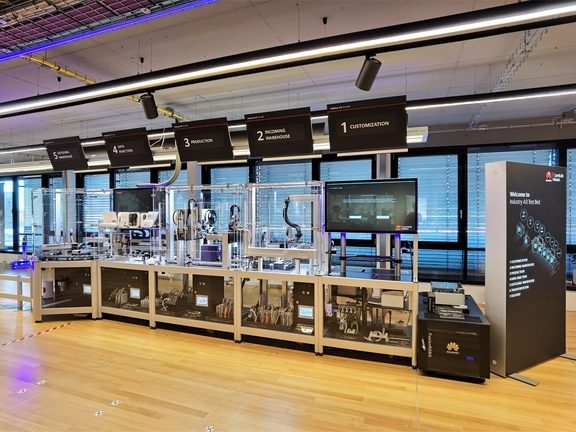
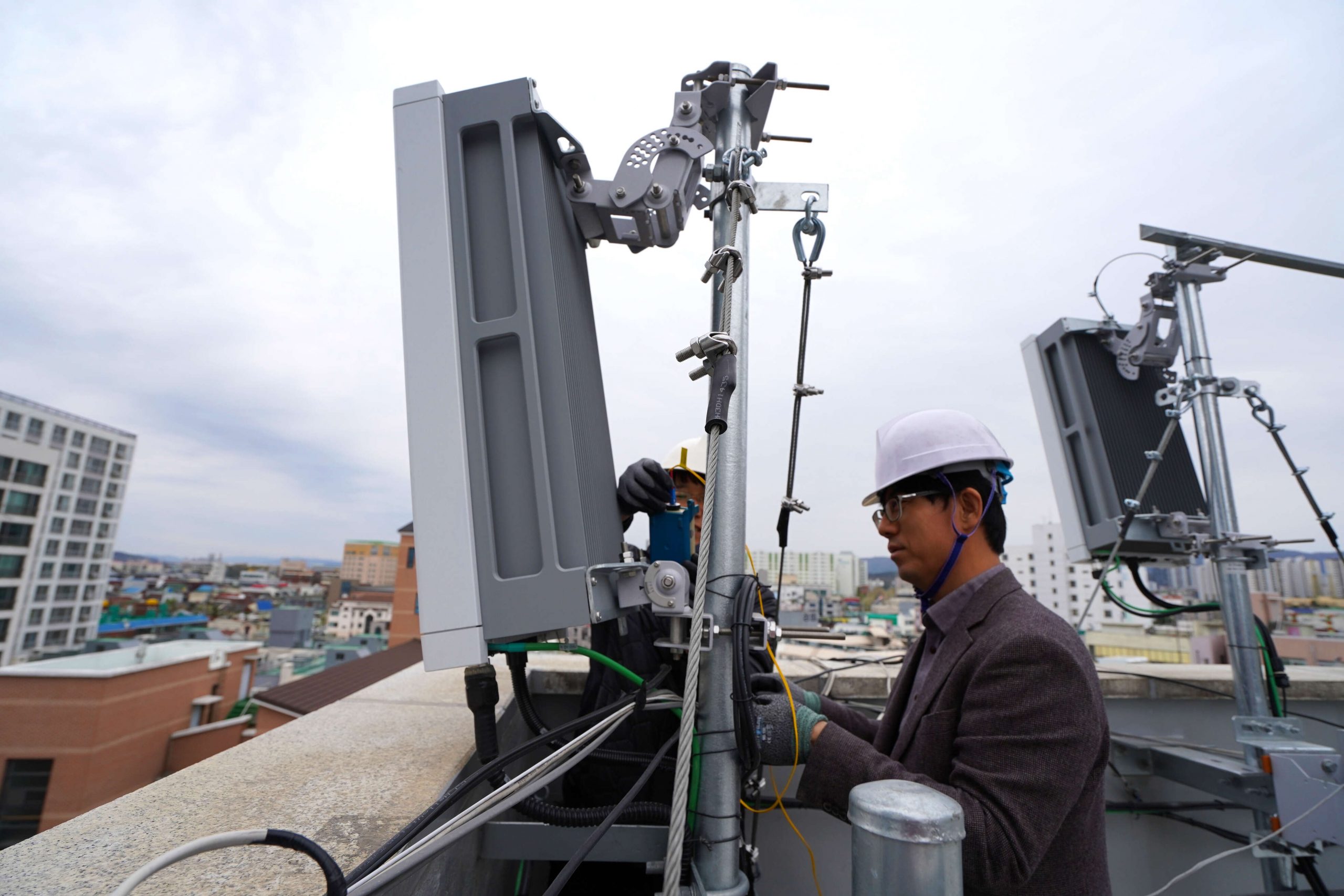
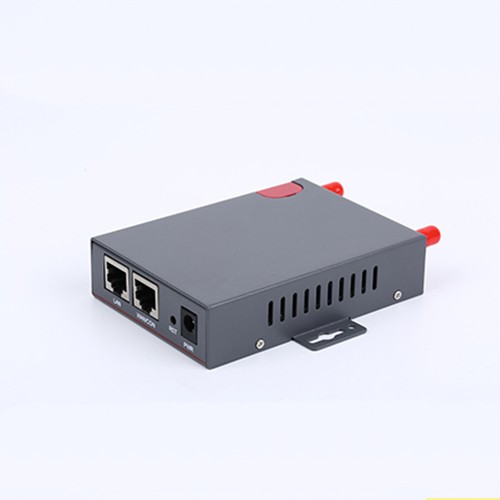

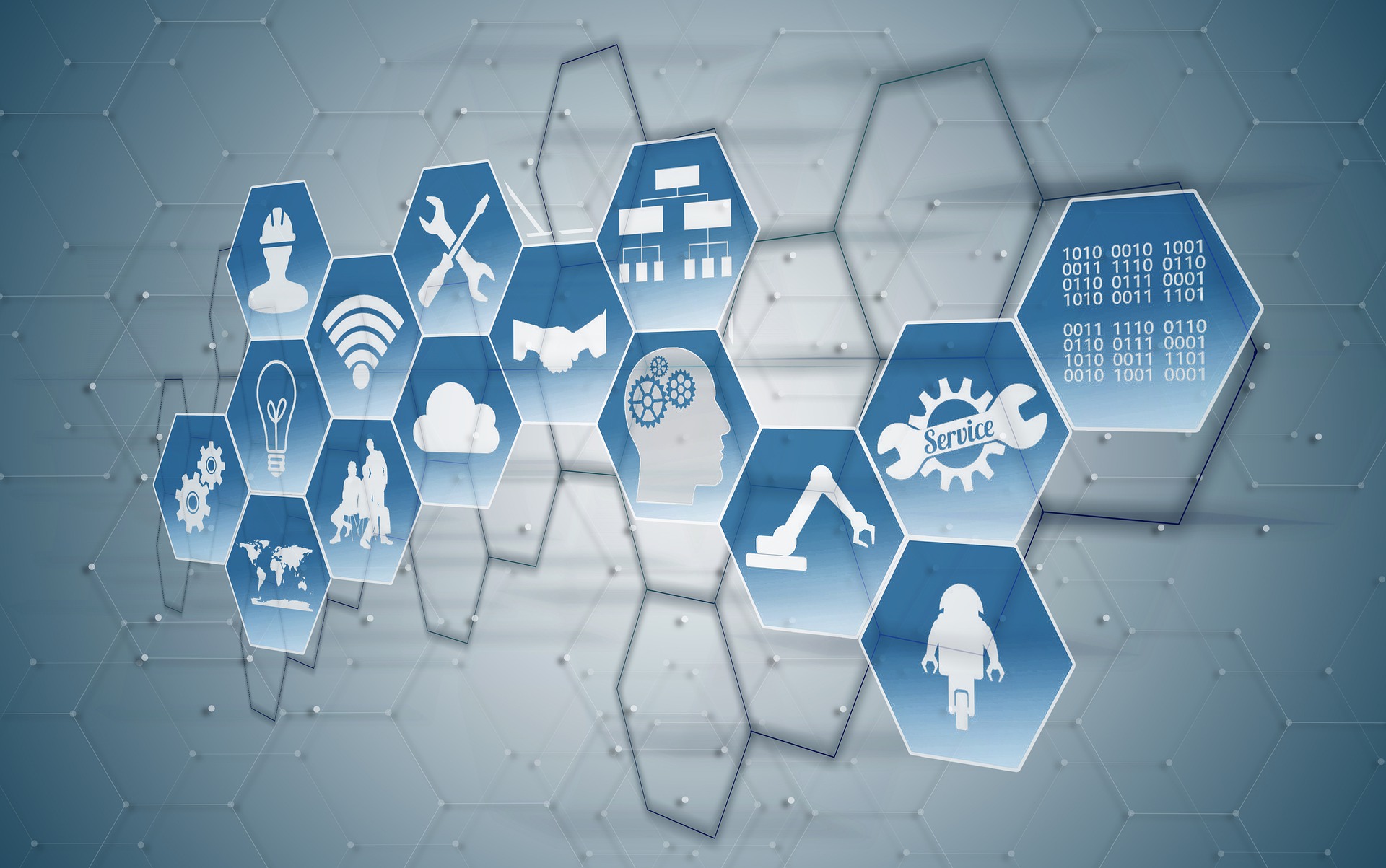
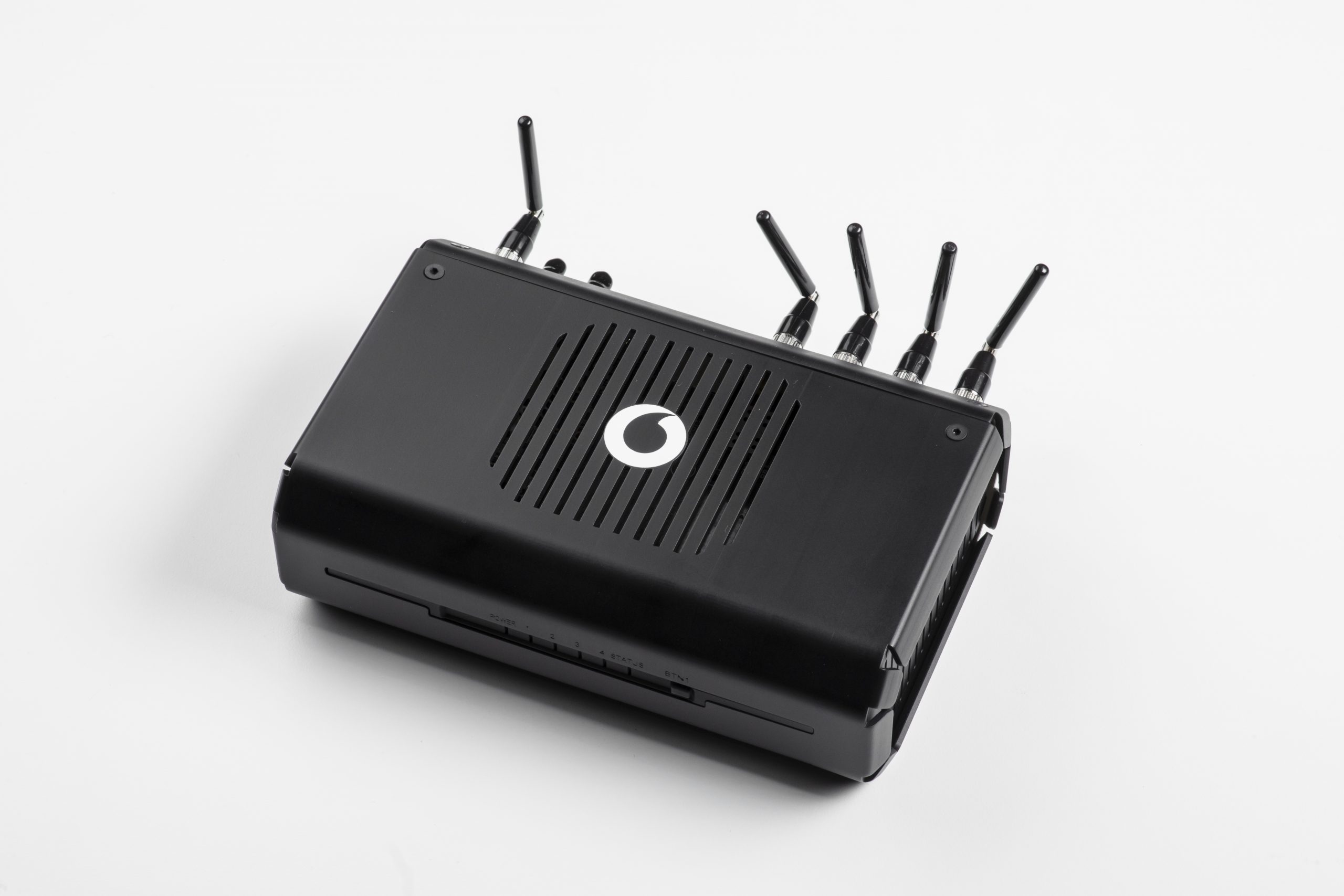


Leave A Comment